If you cared a fig for space travel, it was easy not to care when the first episode of Star Trek aired on Sept. 8, 1966. Just four days later, Pete Conrad and Dick Gordon would be lifting off for their Gemini 11 mission, which would orbit the earth 44 times in just under three days and set a then unheard-of manned-altitude record of 739 nautical miles (1,369 km). There was still one more Gemini flight to go before NASA could even think of test-flying its Apollo lunar ships—and only a little more than three years left if the U.S. was going to meet President Kennedy’s goal of reaching the moon before 1970.
Against that, a group of actors on a pasteboard set pretending to fly in space was pretty small beer. And as for one with the blunt-cut bangs and pointy rubber ears? Please.
But the space geeks and critics and TV execs—so many of whom sniffed at Star Trek during the brief three years it ran—were too smart and too cute by half. And the loss of Leonard Nimoy—who more than any other character captured the romance, the rocket science and the extraordinary wit of the series—is cause again to consider why the show was what it was.
Star Trek’s production values—with its wobbly doors and painted rocks and lizard-like antagonist with, as a friend of mine once put it, bicycle reflectors for eyes—were entirely beside the point. It was the largeness of the stories Star Trek sought to tell that mattered, and never mind the idea that fever dreams about dilithium crystals and warp drive seemed all wrong for an era in which metal rockets and flesh-and-blood men were actually flying, the timing of the series was perfect.
See Leonard Nimoy's Long and Prosperous Life in Photos

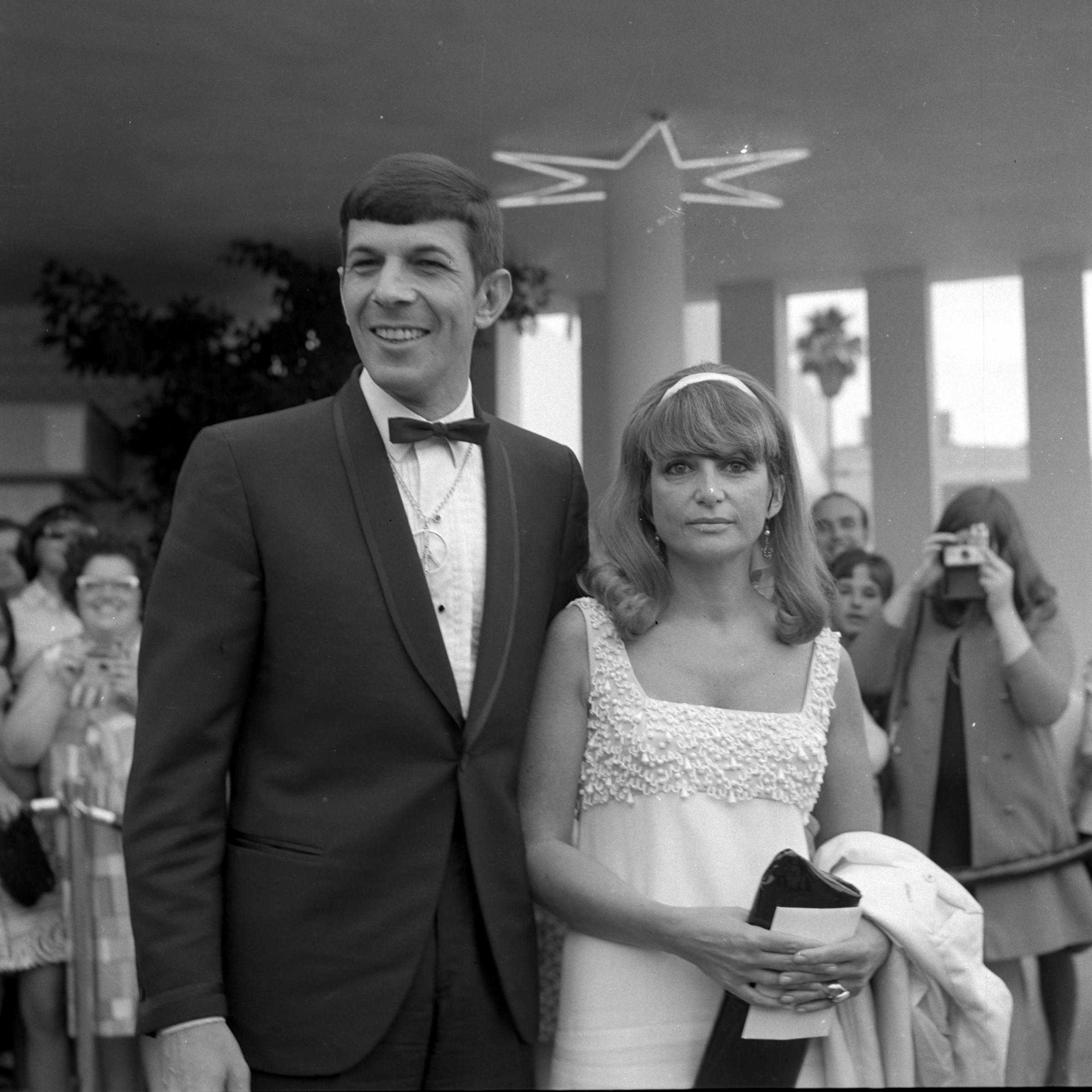
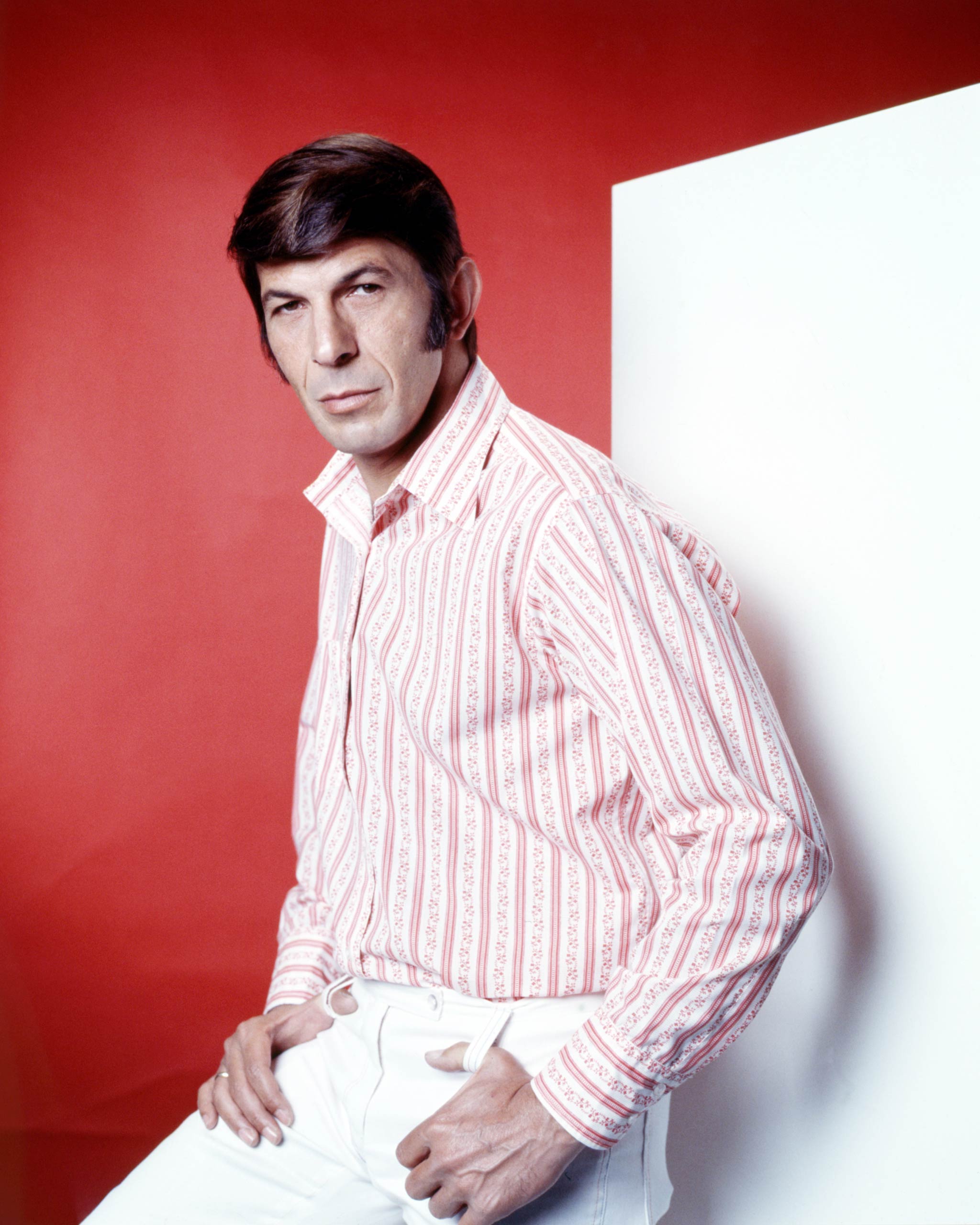

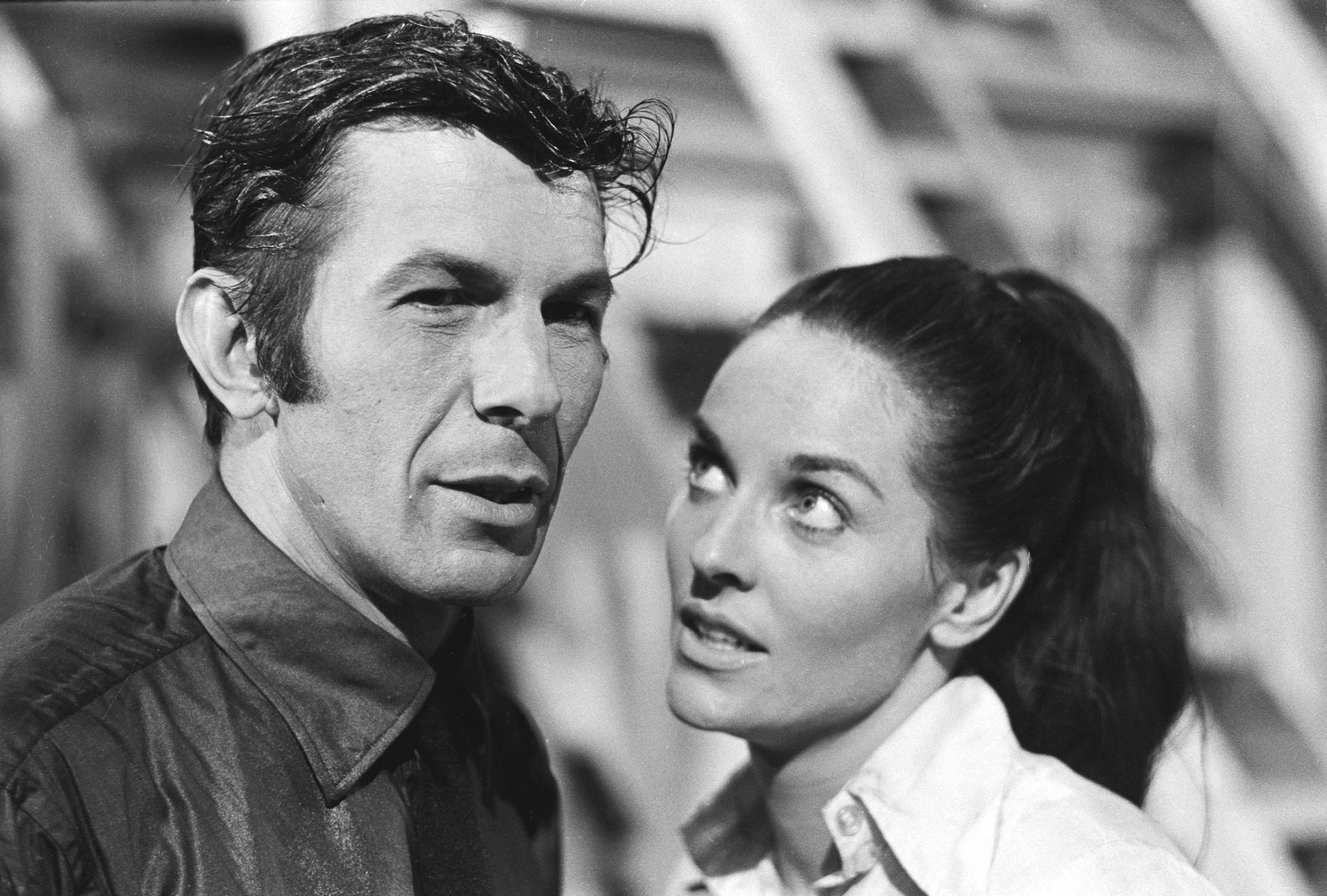




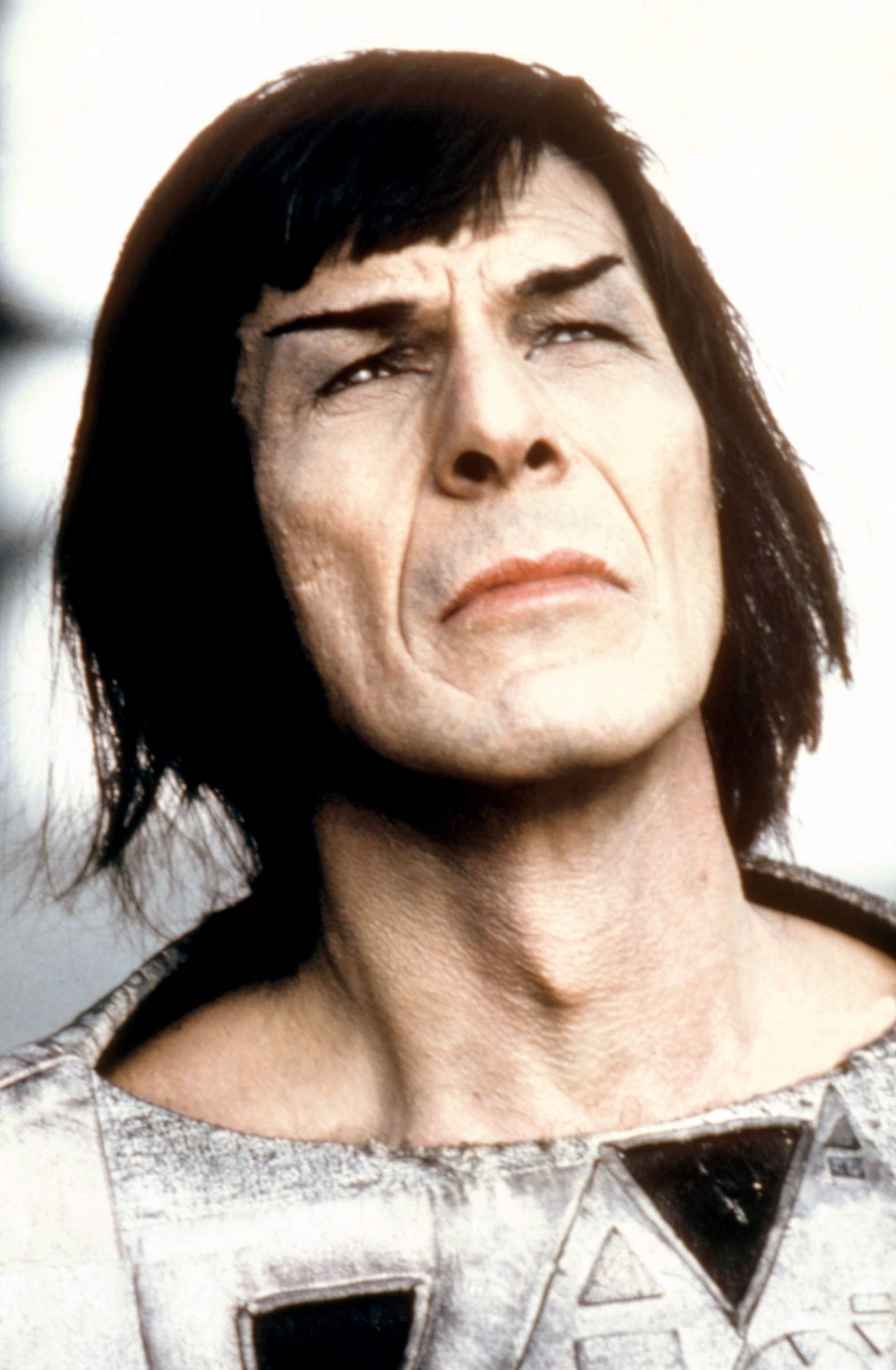
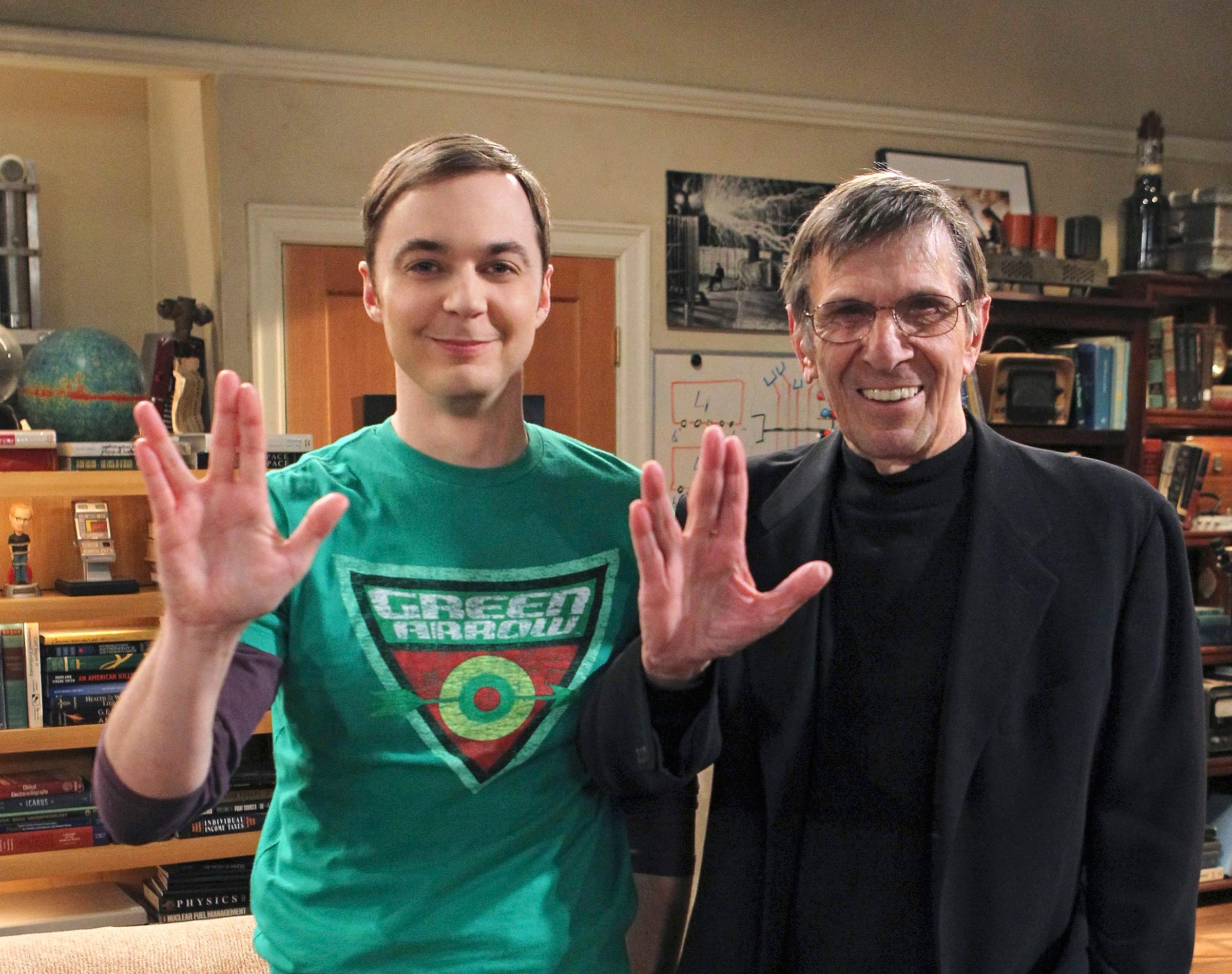

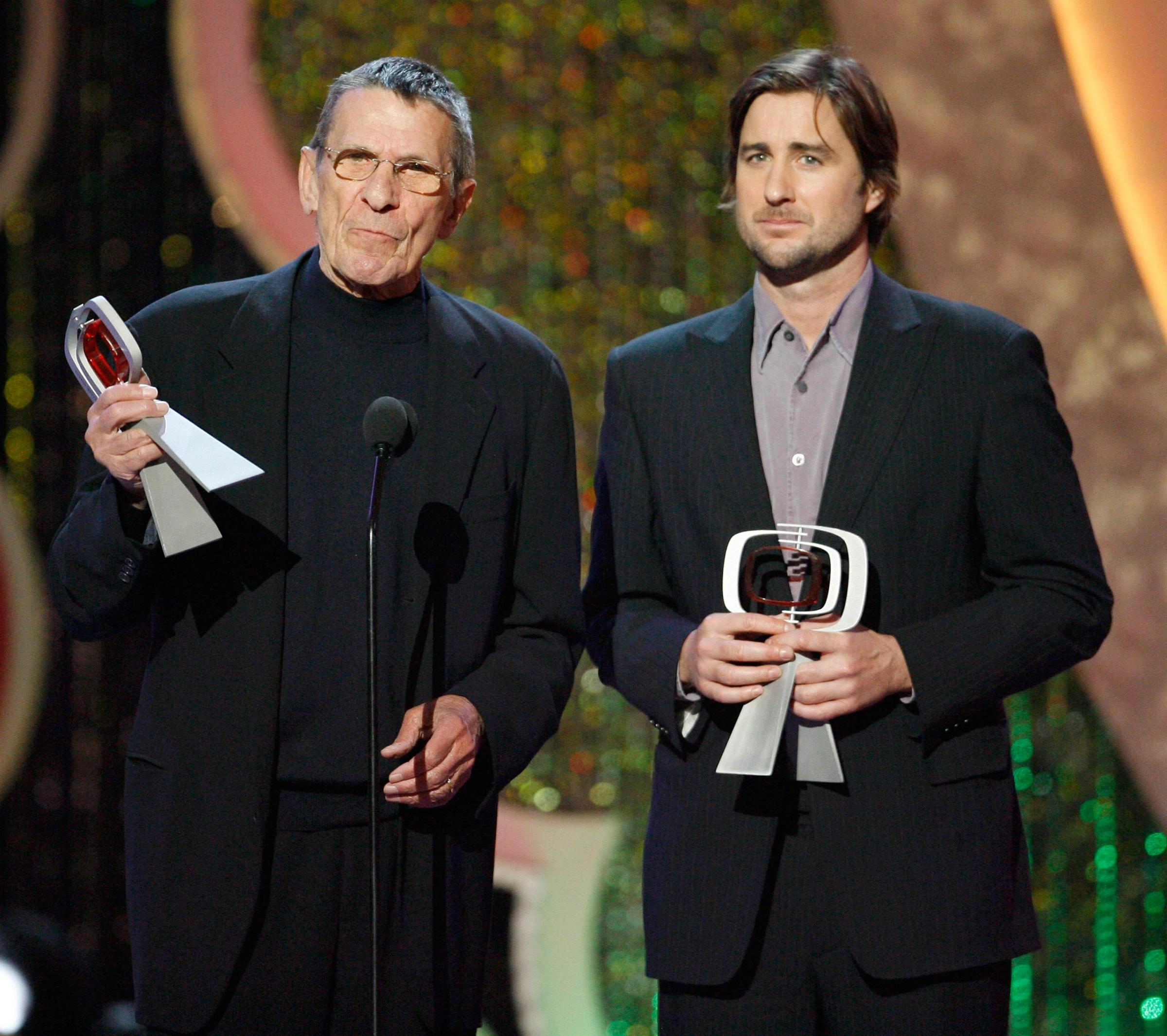

I was one of those Gemini junkies when Star Trek premiered—a 12-year-old American boy who built model rockets and learned the names of astronauts and whose very first memory was standing on the front lawn looking for Sputnik when I was only 3 years old. I breathed rocket fuel almost from birth.
And yes, I was too distracted by the real space program to pay a lot of attention to Star Trek in its original run, but as with so many others, I soon tumbled for it hard. The space program, I came to know and appreciate, was the stuff of increments, of inches (literally when Gemini 6 and Gemini 7 became the first manned American spacecraft to rendezvous in orbit). It was a thing of fixed speeds—17,500 m.p.h. (28,200 km/h) to orbit the earth and 25,000 m.p.h. (32,000 km/h) to escape its gravity. It was a thing of teeth-rattling liftoffs and bone-thumping landings and a dependence on fire—fire!, the fuel of the primitives—to get anywhere at all. And, as well, it was a thing of very real and very terrible deaths—as when some of that fire claimed three of those flesh-and-blood astronauts, or when two astronauts, who had trained hard and competed hard and made the cut and were chosen to fly, died before they ever got the chance, in a routine airplane accident.
Stanley Kubrick, with his huge, brooding 2001: A Space Odyssey, released eight months before human beings even orbited the moon, tried to combine the technology of the what-is with the wonder of what-could-be, and so gave us eternal slo-mos of thrusters firing and counter-thrusters responding and astronauts floating and space pods creeping, creeping, creeping toward mother ships. And only then, when you couldn’t take the glacial pace anymore, he blew the whole thing up in a lot of flashing lights and hallucinogenic images about, well, birth or life or death or who knew what and who, after a running time of 160 minutes, cared anymore?
Star Trek didn’t take itself nearly so seriously. It was about warp drive because regular physics is just too strict; it was about beaming up and down, because why shouldn’t the molecules that make you up be infinitely scramble-able and unscramble-able? It was about planet after planet with just the right air and just the right temperature because what’s the point of hiring good-looking actors if you can’t see them for the space helmets? And it was—pitilessly, riotously—about the lieutenant in the red shirt who was inevitably going to die on one of those planets before the first commercial because that was just plain good for the story.
MORE: How Leonard Nimoy Almost Wasn’t Spock
The genius of Star Trek was that it saw the high stakes and high price and punishingly hard science of a real space program and forgave us all that. It let us quit the real while still keeping it in sight, to live in a world in which it takes six years to fly from here to Pluto and glimpse a world in which it takes six seconds to reach Alastria, a Delta Quadrant planet that you can get to only with the help of a spatial trajector—whatever that was.
And it was Nimoy as Mr. Spock—half-human and half-Vulcan, part-brain and part-savage—who was the literal embodiment of that duality. Spock’s mind would have had no truck with the liberties the Star Trek series took. But his heart would have loved them.
We’re better, dreamier, more hopeful spacefarers for having spent time with Star Trek. And we’re better too for having had the wise corrective of Nimoy’s Spock to keep us honest while letting us dream.
See the Cast of Star Trek Then and Now

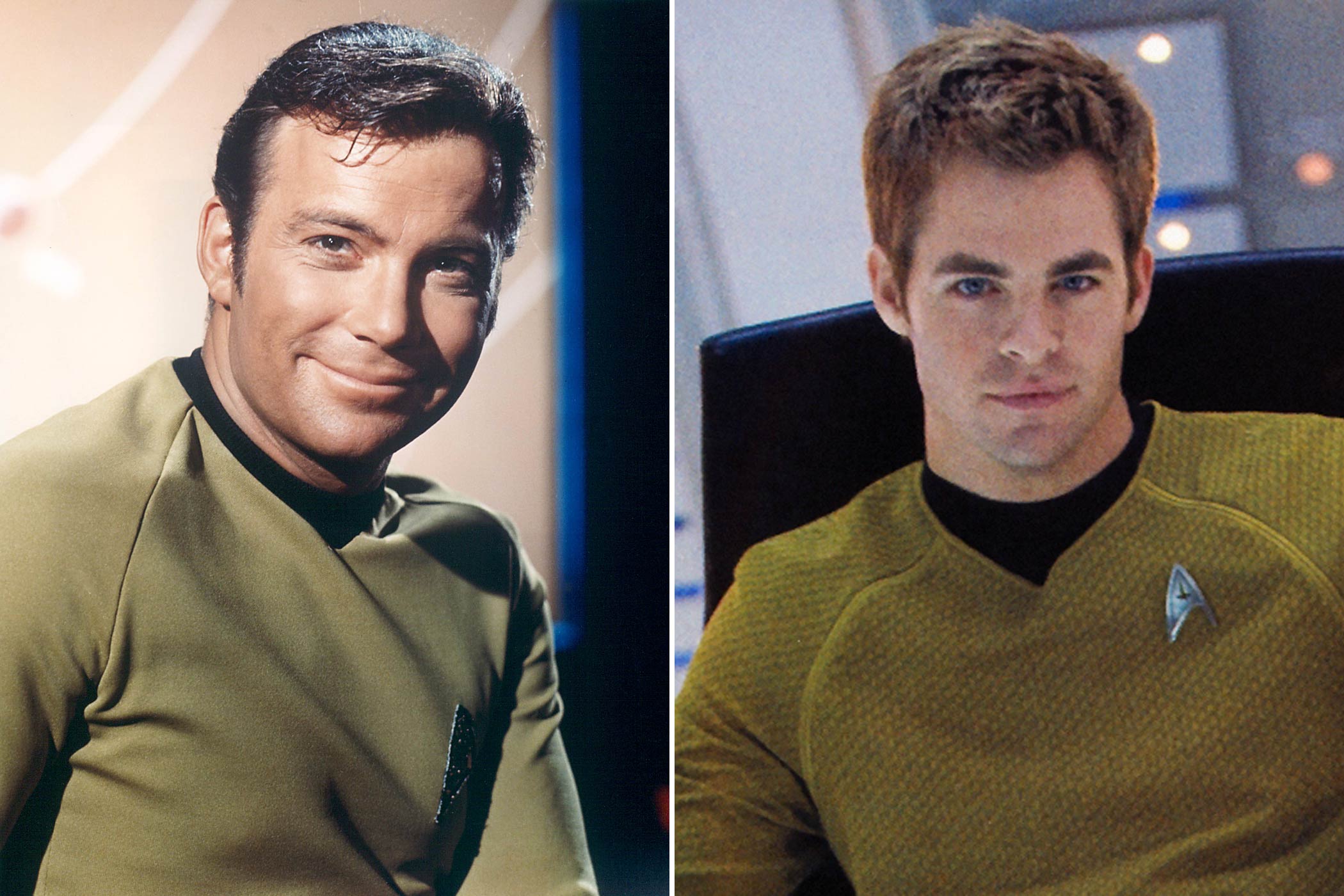




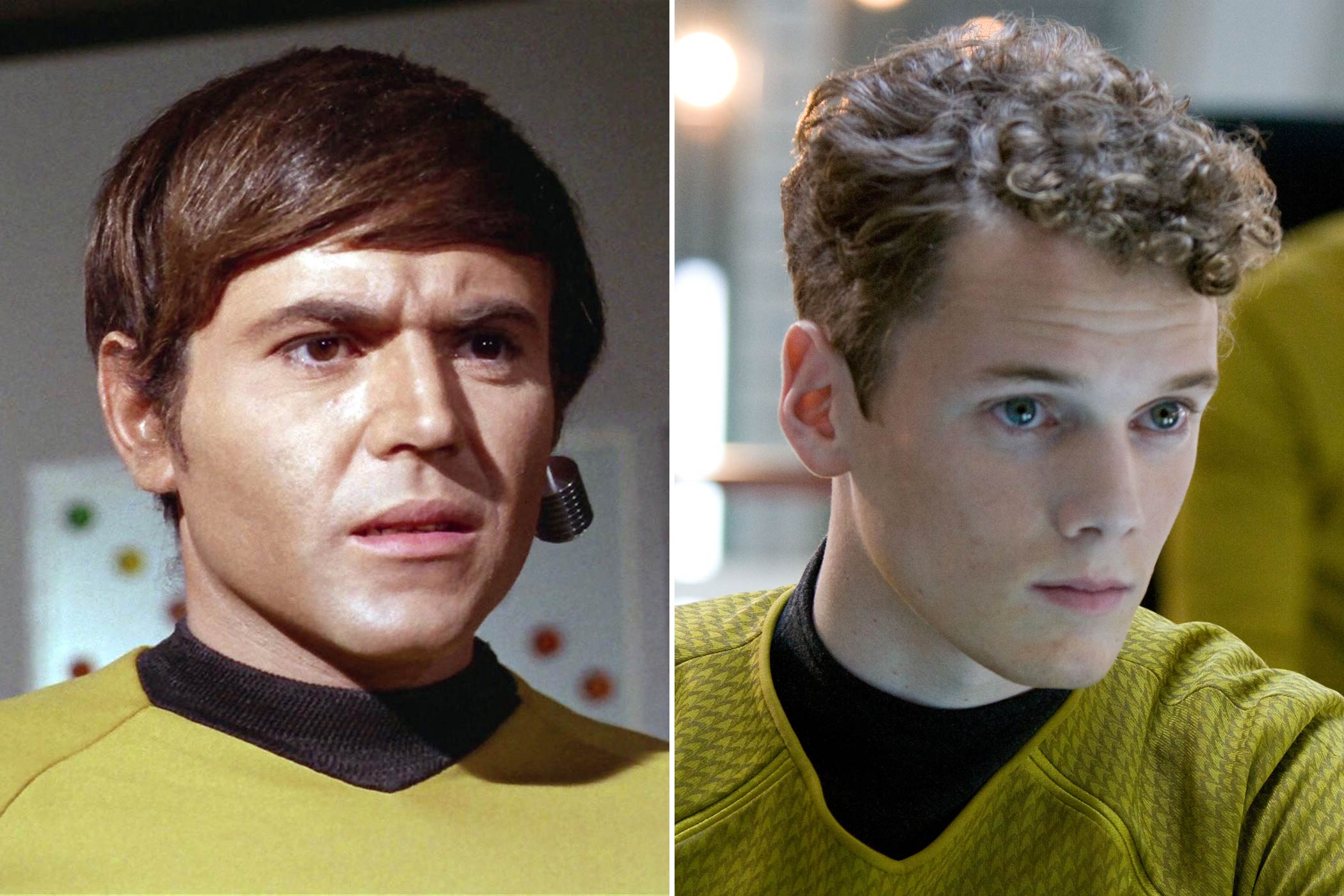
More Must-Reads from TIME
- Caitlin Clark Is TIME's 2024 Athlete of the Year
- Where Trump 2.0 Will Differ From 1.0
- Is Intermittent Fasting Good or Bad for You?
- The 100 Must-Read Books of 2024
- Column: If Optimism Feels Ridiculous Now, Try Hope
- The Future of Climate Action Is Trade Policy
- FX’s Say Nothing Is the Must-Watch Political Thriller of 2024
- Merle Bombardieri Is Helping People Make the Baby Decision
Write to Jeffrey Kluger at jeffrey.kluger@time.com